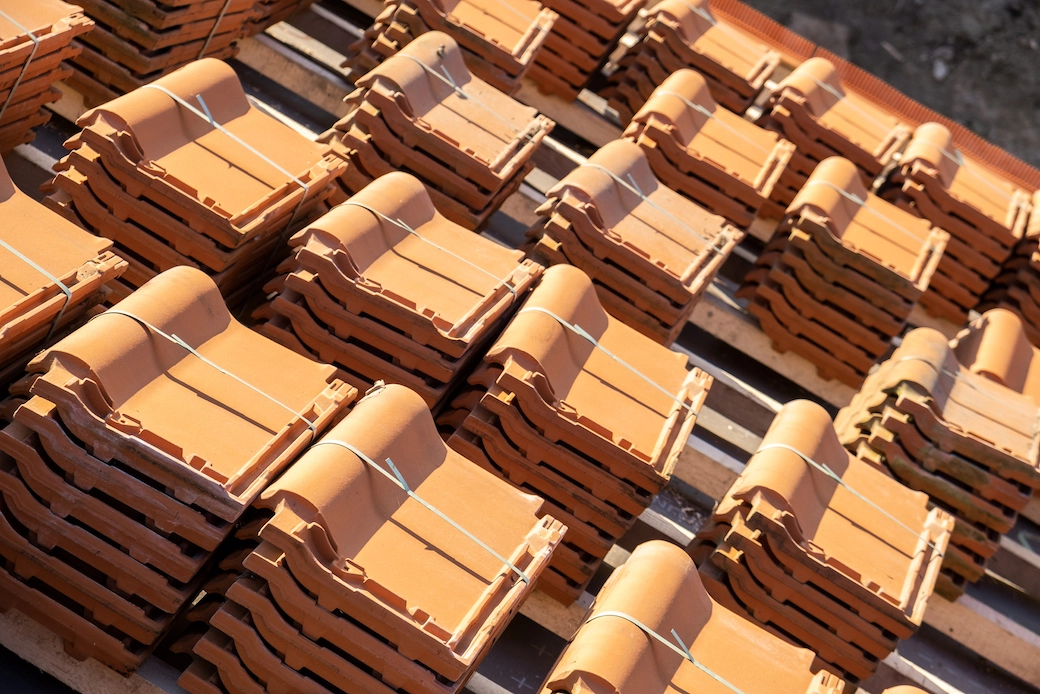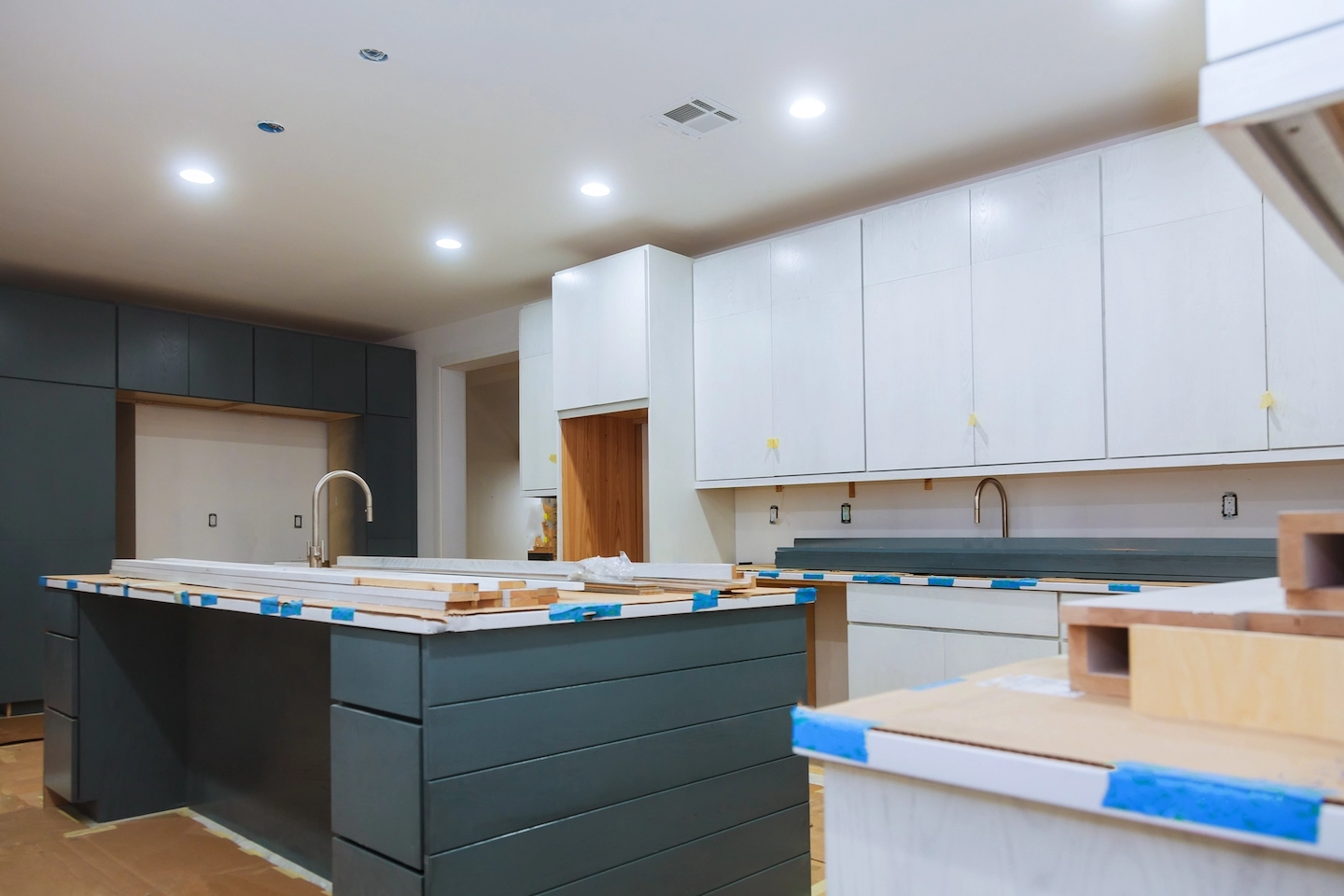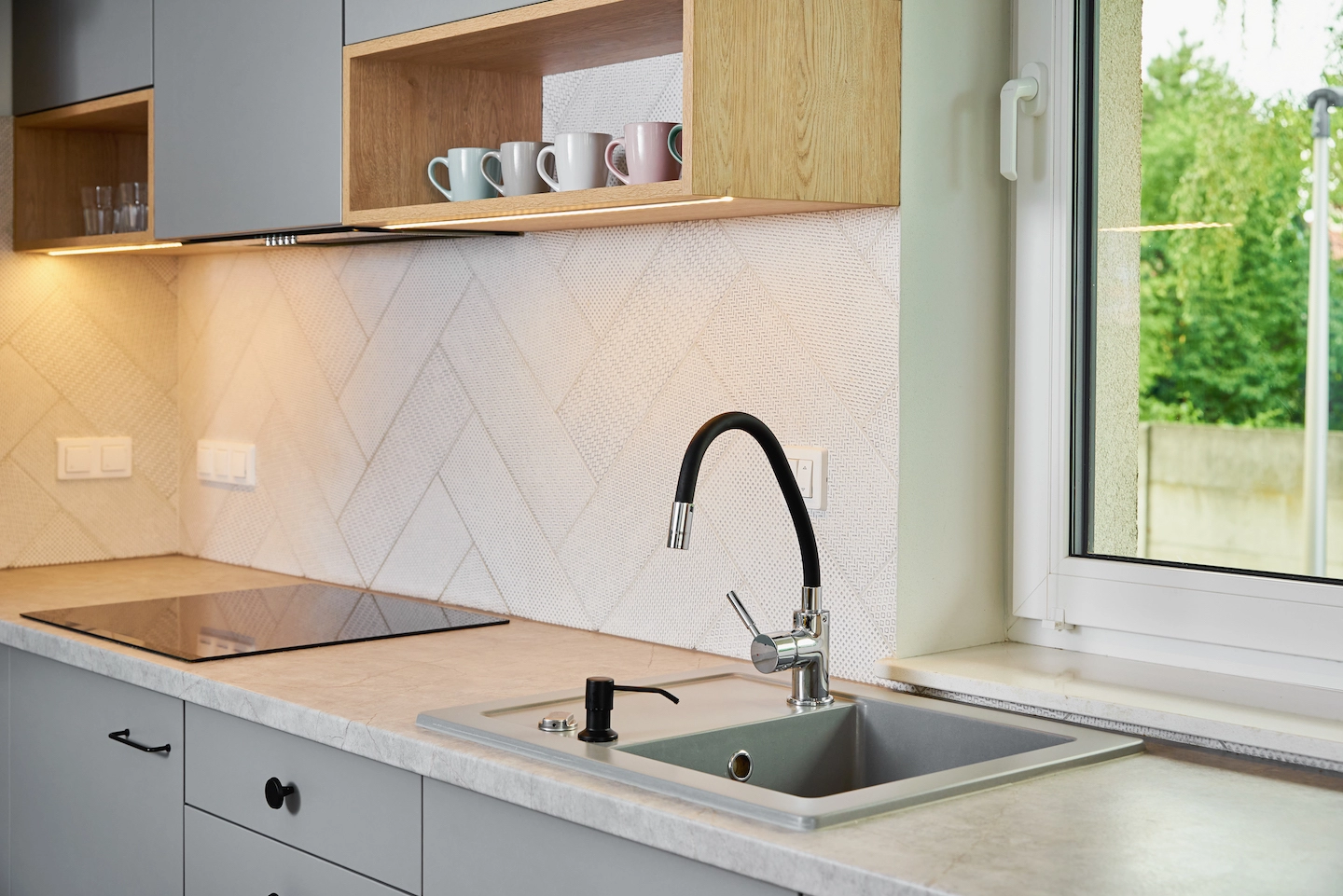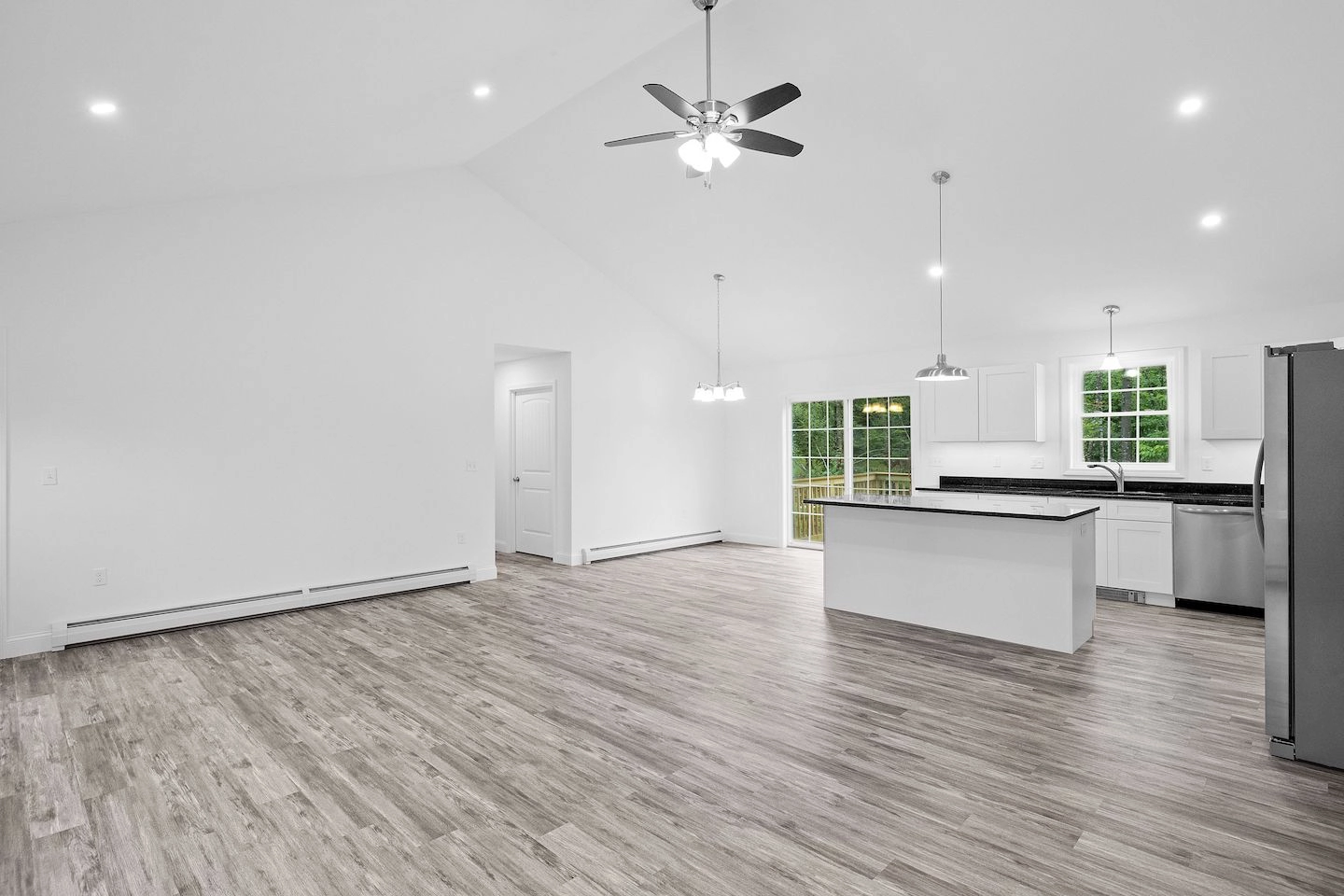Are you seeking to enhance your home’s curb appeal while safeguarding it from the elements? Look no further than shingle roof installation! Installing a shingle roof not only adds beauty to your home but also provides durability and weather resistance. to enhance your home’s curb appeal while safeguarding it from the elements you should follow this comprehensive guide, with a step-by-step process of installing a shingle roof, equipping you with all the necessary information to make informed decisions and achieve remarkable results.
Step 1: Assessing Your Roofing Needs
Before diving into the installation process, it’s crucial to assess your specific roofing needs. Consider these factors such as the slope of your roof, the climate in your area, and the architectural style of your home. A thorough evaluation will help you choose the ideal shingle type, color, and design that will enhance the overall aesthetics of your property. Take into account the longevity and durability of different shingle materials, such as asphalt, wood, or composite shingles. Consult with roofing experts or conduct research to gather insights and inspiration for your project. Look for examples of homes with similar styles to get a sense of how different shingle options can complement your home’s design.
Step 2: Gathering the Tools and Materials
To begin the installation, gather all the necessary tools and materials. These typically include shingles, underlayment, roofing nails, a hammer, a utility knife, a ladder, safety gear, and a roofing nail gun if desired. It’s essential to use high-quality materials and tools to ensure the longevity and effectiveness of your shingle roof. Take the time to source reliable suppliers and invest in top-notch products. Consider visiting a local roofing supply store or consulting with professionals to ensure you have everything you need for a successful installation. When selecting shingles, consider their fire resistance rating, wind resistance, and warranty. Choose a color that complements your home’s exterior and blends well with the surrounding environment and one that truly inspires you. Additionally, explore different shingle patterns and textures to add visual interest to your roof.
Step 3: Preparing the Roof
Once you have all the required materials, Prepare the roof for installation. First, ensure that your roof is clean and free from any dirt. Remove any old shingles, nails, or other materials that may interfere with the installation process. Inspect the roof deck for any signs of damage, such as rot or sagging. Repair or replace damaged sections to create a solid foundation for your new shingle roof. If necessary, reinforce the roof deck to ensure it can support the weight of the shingles. Next, install an appropriate underlayment to provide an extra layer of protection against moisture. Asphalt-saturated felt is a common underlayment choice. Roll out the underlayment over the entire roof surface, starting from the eaves and overlapping each row by a few inches. Secure the underlayment using roofing nails or staples, ensuring it lies flat and taut. After the underlayment is in place, it’s time to install drip edge along the eaves. Drip edge is a metal strip that directs water away from the roof edge, protecting it from potential water damage. Secure the drip edge with roofing nails, ensuring it extends slightly over the edge of the roof. Next, install a starter strip along the eaves. The starter strip provides a solid base for the first row of shingles and helps prevent water from seeping under them. Align the starter strip with the edge of the roof, ensuring it overhangs slightly. Secure it using roofing nails, following the manufacturer’s guidelines. Finally, check the roof for any protrusions or vents that may require special attention during the installation process. Properly sealing and flashing these areas will prevent water leaks and ensure the integrity of your shingle roof.
Step 4: Installing the Shingles
With the roof fully prepared, it’s time to start installing the shingles. Begin at the bottom edge of the roof, and work your way up. Lay the first row of shingles over the starter strip, ensuring they align with the edge of the roof and each other. Use roofing nails to secure the shingles, placing them approximately 6 inches from the bottom edge and 1 inch from each side. Be mindful of the manufacturer’s guidelines regarding nail placement.
For the subsequent rows, overlap the shingles as instructed by the manufacturer. The amount of overlap may vary depending on the shingle type and design. Typically, a 4- to 6-inch overlap is recommended. As you progress up the roof, trim the last shingle in each row to fit appropriately. Use a utility knife to cut the shingle to the desired size, ensuring a clean and precise edge.
Continue installing the shingles row by row until you reach the top of the roof. Take care to maintain a consistent pattern and alignment for a visually pleasing result. If your roof has any valleys or hips, special care must be taken to properly install the shingles in these areas. Follow the manufacturer’s instructions or consult with a roofing professional to ensure correct installation techniques.
Step 5: Addressing Roof Vents and Flashing
Proper installation of roof vents and flashing is crucial for a watertight and durable shingle roof. Install flashing around chimneys, skylights, vent pipes, and other roof penetrations to prevent water leaks. Use appropriate materials, such as metal flashing or specialized flashing kits, and follow the manufacturer’s instructions for installation.
When it comes to roof vents, ensure they are properly sealed and protected. Apply a layer of roofing cement or a compatible sealant around the base of the vents to create a watertight seal. Additionally, consider installing ridge vents or other types of ventilation systems to promote proper airflow in your attic space.
Step 6: Finishing Touches
Congratulations, you’re nearing the completion of your shingle roof installation! However, a few finishing touches are still necessary to ensure a polished and long-lasting result. Trim any excess material or overhanging shingles using a utility knife or roofing shears. Take care not to damage the surrounding shingles in the process.
Clean up the work area by removing any debris or leftover materials. Dispose of old shingles and other waste responsibly. Conduct a final inspection of the roof, checking for loose shingles, proper alignment, and overall quality. Make any necessary adjustments or repairs before concluding the installation process.
By following this comprehensive step-by-step guide, you have successfully completed the installation of your shingle roof. Your home now boasts enhanced curb appeal and reliable protection from the elements. However, it’s essential to remember that regular maintenance and inspections are key to keeping your roof in excellent condition. Stay vigilant, address any issues promptly, and enjoy the beauty and functionality of your new shingle roof for years to come!
With this final step, we conclude our guide to shingle roof installation. We hope it has provided you with the knowledge and confidence to tackle this project successfully. Should you require further assistance or have any questions, don’t hesitate to consult with roofing professionals or trusted resources. Happy roofing!





